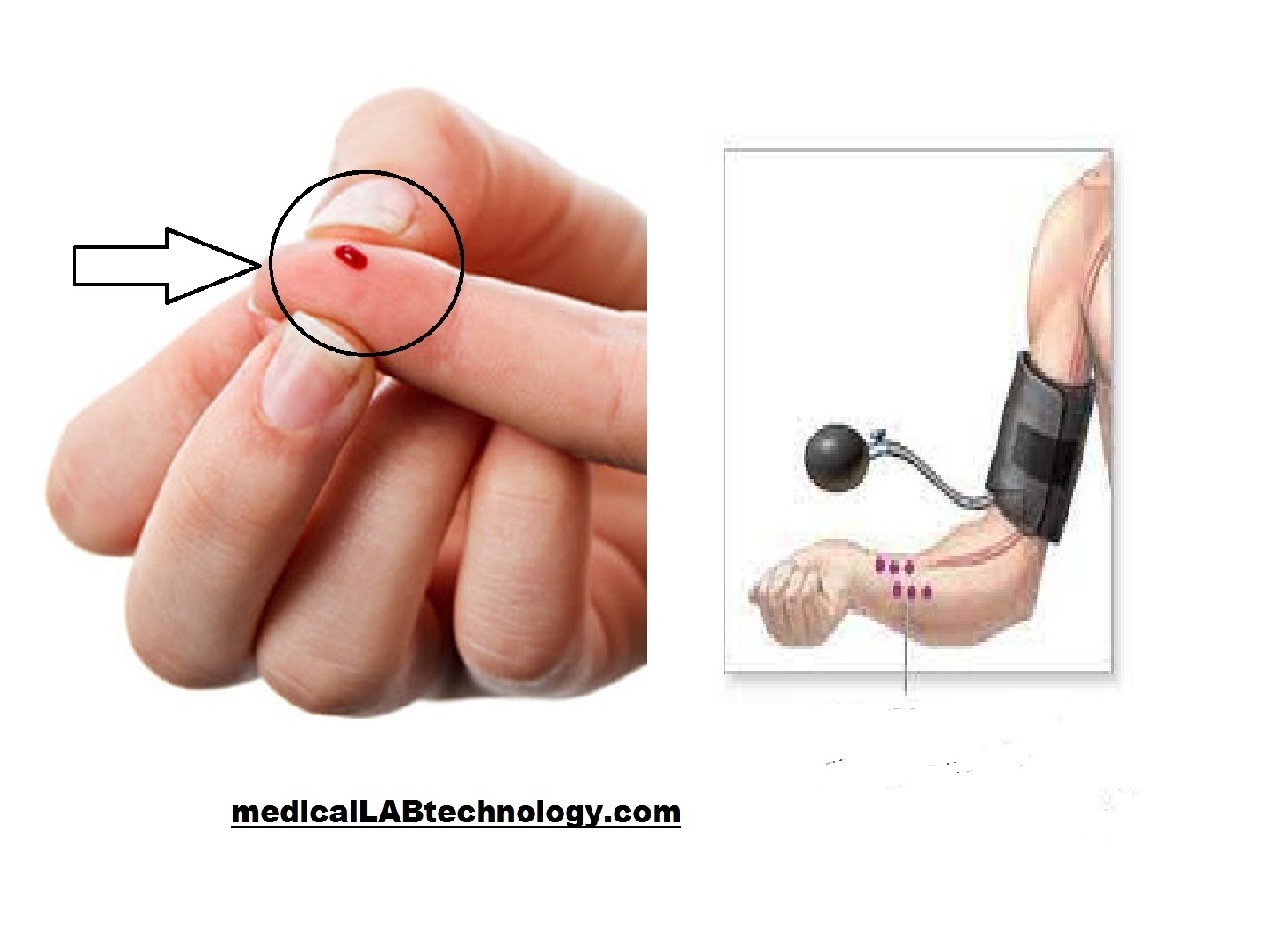Indole test principle and procedure microbiology
The indole test is a biochemical test used primarily in microbiology to determine an organism’s ability to produce indole from the amino acid tryptophan. It is particularly useful for identifying certain species of bacteria. Principle of indole test when some bacteria react with Tryptophan (amino acid), hydrolysis it and change it o Indole compound. This … Read more




